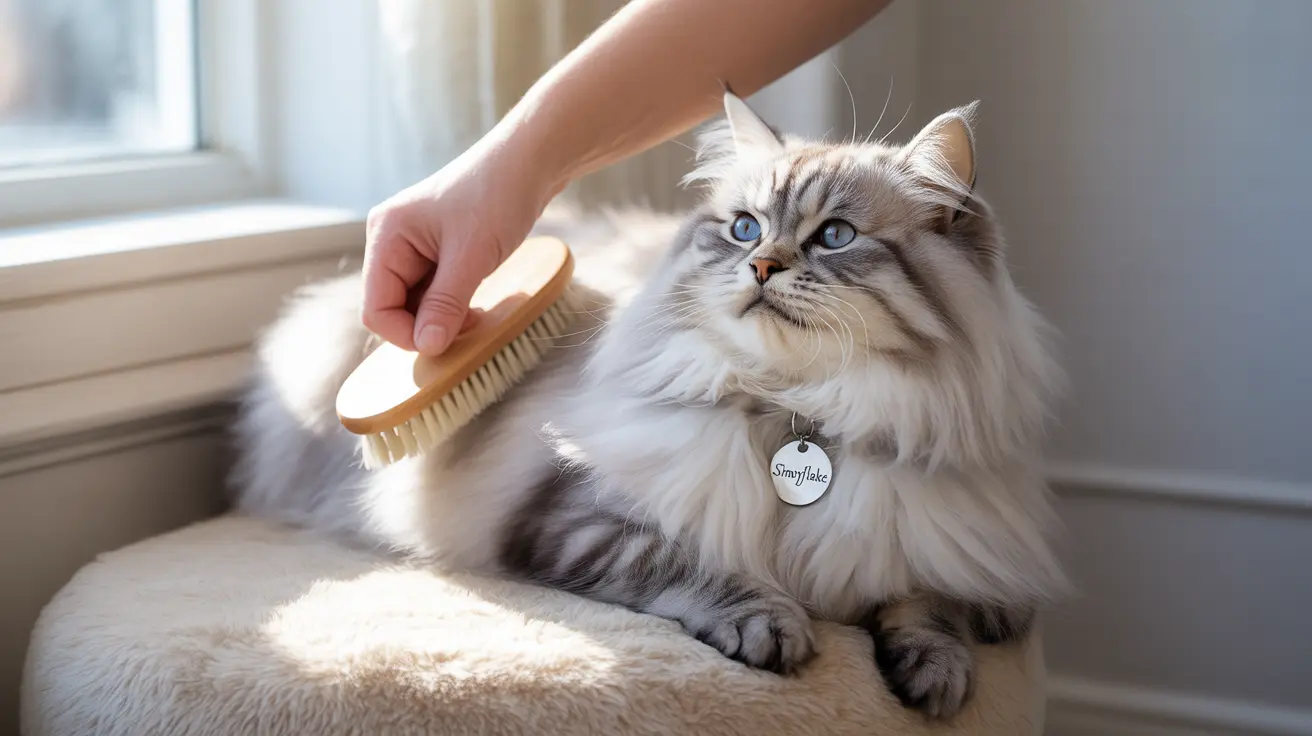While regular brushing is essential for maintaining your cat's coat health, it's possible to overdo it. Understanding the balance between proper grooming and over-brushing is crucial for your feline friend's well-being. This comprehensive guide will help you recognize the signs of over-brushing and establish a healthy grooming routine that benefits both you and your cat.
Many cat owners are surprised to learn that excessive brushing can lead to skin irritation, hair loss, and psychological stress in cats. The key lies in understanding your cat's specific needs based on their coat type, age, and individual temperament.
Understanding the Risks of Over-Brushing
Over-brushing can manifest in several concerning ways that affect your cat's physical and emotional health. Signs of excessive grooming include:
- Skin irritation or redness
- Flaky or sensitive skin
- Bald patches or excessive hair loss
- Behavioral changes like aggression or anxiety
- Resistance to being brushed
When cats experience discomfort from over-brushing, they may develop a negative association with grooming tools and their owners, making future grooming sessions increasingly difficult.
Proper Brushing Frequency by Coat Type
Different cats have varying grooming needs based on their coat type:
- Long-haired cats: Daily gentle brushing
- Medium-haired cats: 2-3 times per week
- Short-haired cats: Once weekly
- Senior or mobility-impaired cats: Adjusted frequency based on needs
During shedding seasons, you may need to increase the frequency slightly, but always watch for signs of skin irritation or stress.
Best Practices for Safe and Effective Brushing
Choosing the Right Tools
Select brushes and combs specifically designed for your cat's coat type:
- Soft-bristled brushes for short-haired cats
- Slicker brushes for medium to long-haired cats
- Wide-toothed combs for detangling
- Grooming gloves for cats sensitive to traditional brushes
Proper Technique
Follow these guidelines to ensure safe and comfortable grooming sessions:
- Brush in the direction of hair growth
- Use gentle, steady strokes
- Focus on one section at a time
- Avoid pulling or tugging at tangles
- Keep sessions short (5-10 minutes)
Signs Your Cat Needs a Break from Brushing
Watch for these indicators that your cat may need reduced brushing frequency:
- Excessive shedding during brushing
- Visible skin inflammation
- Aggressive behavior during grooming
- Hiding when they see the brush
- Excessive self-grooming after brushing sessions
Creating a Positive Grooming Experience
Make brushing enjoyable for your cat by:
- Offering treats before and after grooming
- Using positive reinforcement
- Choosing quiet, calm times for grooming
- Starting with short sessions and gradually increasing duration
- Respecting your cat's boundaries
Frequently Asked Questions
Can you over-brush a cat and what are the signs of over-brushing?
Yes, you can over-brush a cat. Signs include skin irritation, excessive hair loss, behavioral changes, and resistance to grooming. Watch for redness, flaking, or bald patches on your cat's skin.
How often should I brush my cat based on their coat type?
Long-haired cats need daily brushing, medium-haired cats require 2-3 sessions weekly, and short-haired cats typically need weekly brushing. Adjust frequency based on shedding seasons and individual needs.
What are the risks of brushing a cat too frequently or with the wrong brush?
Risks include skin irritation, hair loss, stress, anxiety, and development of negative associations with grooming. Using inappropriate brushes can damage the coat or cause discomfort.
How can I tell if my cat is stressed or uncomfortable during brushing?
Signs of stress include tail swishing, ear flattening, growling, hissing, trying to escape, skin twitching, or aggressive behavior. Stop brushing if you notice these signs.
What is the proper technique to brush a cat without causing skin irritation or hair loss?
Use gentle strokes in the direction of hair growth, avoid pulling on tangles, and use appropriate tools for your cat's coat type. Keep sessions short and positive, focusing on one area at a time.
Remember, successful grooming is about finding the right balance for your individual cat. Pay attention to their cues and adjust your routine accordingly to maintain their coat health while keeping them comfortable and stress-free.






